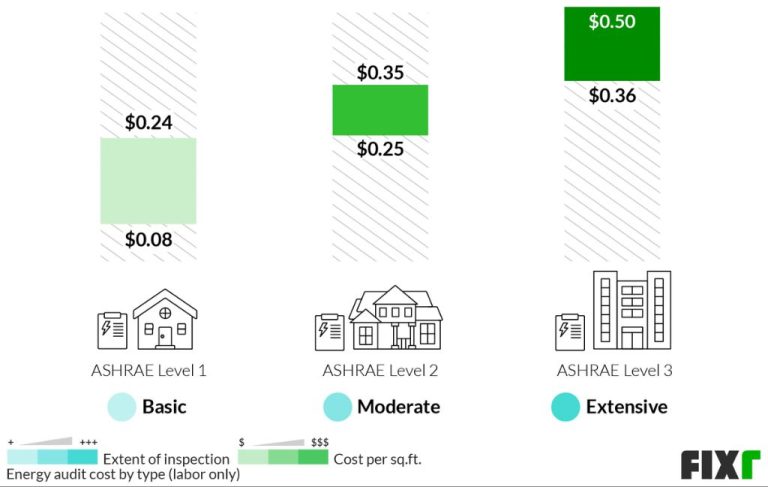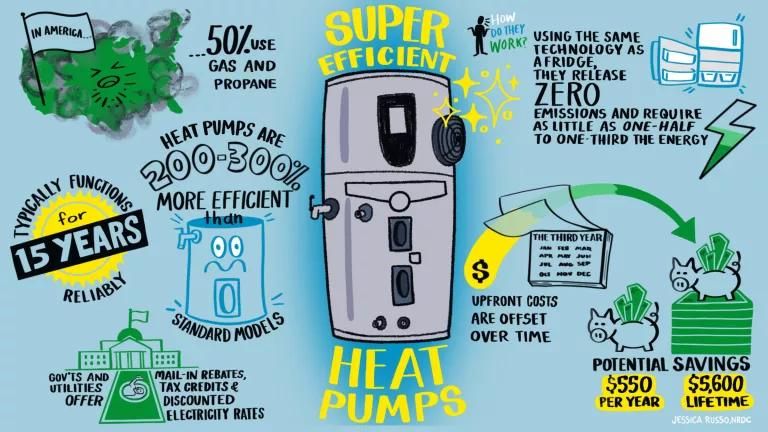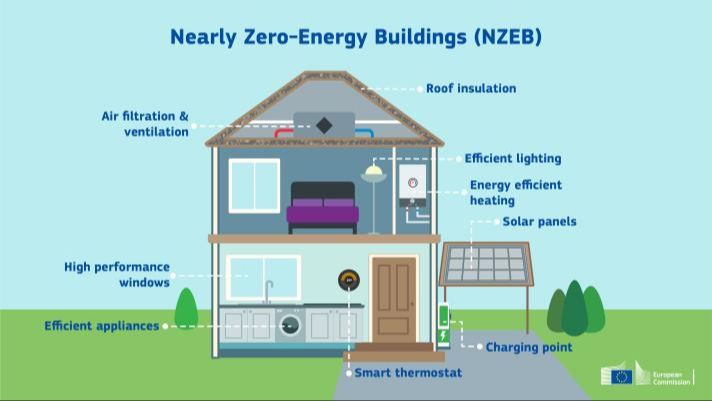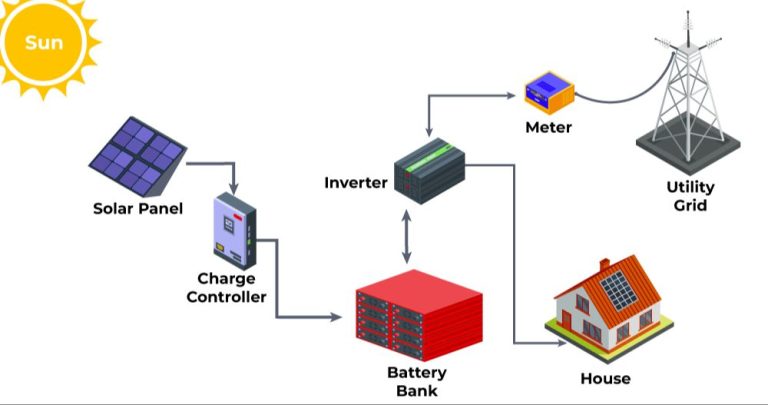What Are The Disadvantages Of Electricity?
Pollution from Fossil Fuels
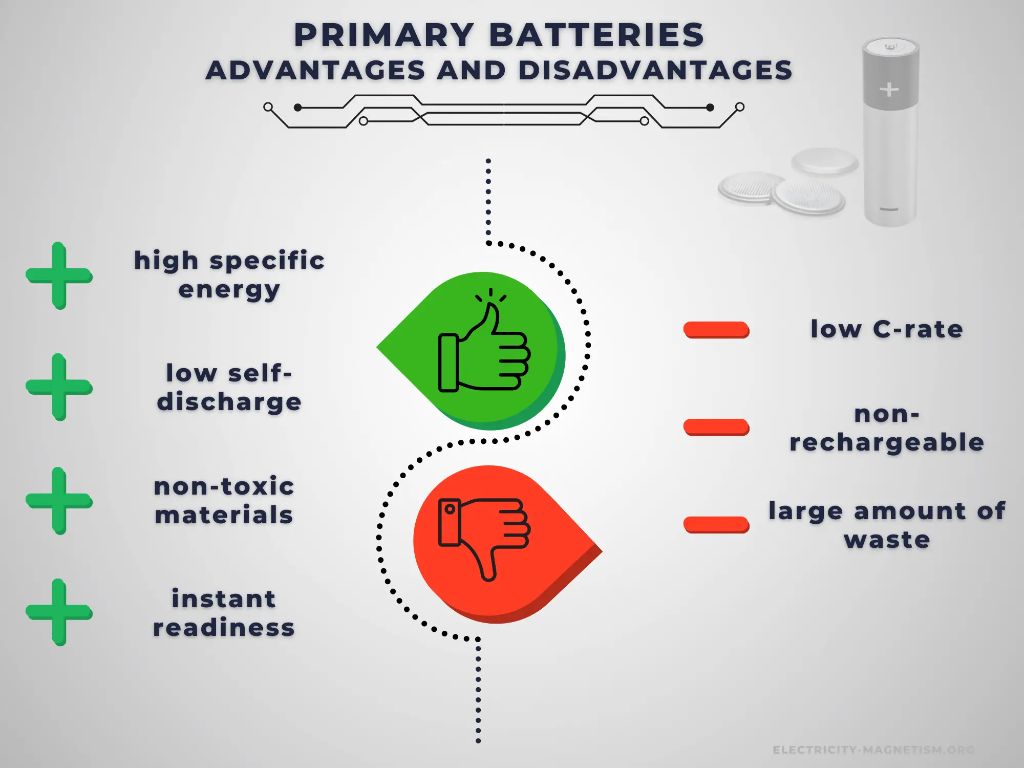
Fossil fuels like coal and natural gas are major sources of electricity generation worldwide. However, the burning of fossil fuels produces significant air pollution and greenhouse gases that contribute to climate change and environmental damage. According to the Natural Resources Defense Council, burning fossil fuels for electricity in the U.S. alone is responsible for nearly one-third of all climate change emissions (source).
Coal-fired power plants are a major source of sulfur dioxide, nitrogen oxides, particulate matter, mercury, and other pollutants that have been linked to acid rain, smog, respiratory illnesses, and cardiovascular disease. Even natural gas produces nitrogen oxides and carbon dioxide emissions that contribute to smog and climate change. Despite advancements in pollution control technologies, fossil fuel-based power plants remain a leading cause of air pollution and public health risks (source).
Transitioning to renewable energy sources like solar, wind, and hydropower for electricity generation would significantly reduce air and water pollution, greenhouse gas emissions, and the public health impacts associated with fossil fuels.
Nuclear Power Risks
One of the biggest disadvantages of nuclear energy is the risk of nuclear accidents like Chernobyl and Fukushima. Nuclear reactors produce a significant amount of radioactive waste, which can have devastating effects if released into the environment.
In 1986, the Chernobyl disaster in Ukraine released large amounts of radiation into the atmosphere, causing widespread contamination and long-term health effects. Over 300,000 people had to be resettled following the accident. Studies showed increased cases of thyroid cancer in people exposed to Chernobyl radiation (NRC).
More recently in 2011, the Fukushima Daiichi nuclear disaster in Japan was triggered by an earthquake and tsunami. Radioactive contamination forced over 100,000 people to evacuate the area, and the government declared the site uninhabitable for decades. Cleanup and containment efforts are still ongoing today (Kiwi Energy).
The potential for catastrophic accidents and consequences is a major downside of nuclear power. Even with safeguards in place, natural disasters, human error, equipment failures or other unforeseen events can lead to the release of radiation from nuclear facilities.
Transmission Losses
A significant amount of electricity is lost during transmission from power plants to end users. According to the U.S. Energy Information Administration, annual electricity transmission and distribution losses average about 5% in the United States [1]. This amounts to a substantial amount of wasted electricity over long distances.
Transmission losses occur due to resistance in the power lines themselves that convert some electricity to heat. Higher voltages transmit electricity more efficiently over long distances, but there is still loss. Overhead power lines have an estimated loss of 2-4% per 1,000 km traveled [2]. Overall, 5-6% of electricity is lost during transmission and distribution in the U.S., though this varies by state and region [3].
Minimizing transmission distances from generation to end users, using ultra high voltage direct current lines, and newer technologies can help reduce transmission losses. But some loss is inevitable, wasting energy and requiring more generation than is actually consumed.
Cost Fluctuations
Electricity prices can vary significantly based on the fuel sources used to generate electricity. Prices tend to fluctuate with the cost of fuels like natural gas, coal, and oil. When fuel prices rise or fall, the cost of generating electricity also rises or falls. According to the U.S. Energy Information Administration, fuels used for electricity generation account for a large share of the cost of electricity. For example, in areas where a high percentage of electricity is generated from natural gas, prices will strongly correlate with natural gas markets. Most electricity in the U.S. is generated from fossil fuels like natural gas, coal, and petroleum.
Overall, electricity prices have been increasing in the past few decades. The annual average price of electricity for U.S. residential customers rose from 10.34 cents per kilowatt-hour in 2000 to 14.13 cents in 2020, according to the U.S. Energy Information Administration. However, prices can fluctuate year-to-year based on fuel costs. Consumers may see significant changes in the cost of electricity from month to month or year to year as fuel prices change. This uncertainty makes it difficult for consumers to budget for electricity expenses.
Electrocution Risk
Electricity poses a serious risk of electrocution and electric shocks if not handled properly. An average of 400 deaths per year in the United States are attributed to electrical injuries, with around 30,000 nonfatal shock incidents annually (https://www.nfpa.org/news-blogs-and-articles/blogs/2023/09/19/comparing-four-decades-of-electrical-injuries-and-fatalities). Shock hazards exist from power lines, exposed wiring, damaged cords, and improper use of outlets. Even low voltage shocks can lead to burns, cardiac arrest, neurological damage, and death.
Most electrocutions occur in occupational settings like construction, manufacturing, and mining, where workers face increased exposure to high voltage equipment and overhead power lines. However, improper home wiring also leads to thousands of residential electrocutions each year, especially involving children. Faulty appliances, damaged electrical cords, and outlets located near water sources are common risks. Any contact between electricity and water can prove deadly.
Safety measures like circuit breakers, ground fault circuit interrupters, insulation, and clearly marked high voltage areas can help reduce electrical risks. But electricity must always be treated with caution and respect. Proper training, adherence to safety regulations, and safe design of electrical systems is critical to preventing needless injuries and fatalities.
Power Outages
One key disadvantage of relying heavily on electricity is that power outages are inevitable. Severe weather events like hurricanes, ice storms, and thunderstorms frequently cause damage to power lines and electricity infrastructure. According to Critterguard, weather-related events account for 58% of all power outages. When the power goes out, it can be frustrating and inconvenient for households and businesses that depend on electricity for lighting, appliances, heating/cooling systems, and more. Prolonged outages lasting multiple days can also lead to food spoilage, communication disruptions, and safety issues.
Even typical thunderstorms can leave thousands of customers without power. For example, data from PowerOutage.us shows over 200,000 customers in Oregon lost electricity during a winter storm in December 2022. No electricity grid is immune to the forces of nature. Relying heavily on constant access to electricity carries the risk of periodic blackouts and disruptions.
Unsightly Infrastructure
Electrical infrastructure like power lines, transformers, and substations can be visual eyesores in communities. Overhead power lines crisscross aboveground, cluttering the view of the landscape. According to one source, “There’s no comprehensive study of the aesthetics of electrical infrastructure. But there are numerous documents that talk about it in particular places and times” (Electricity, Aesthetics and the Urban Public Space). Undergrounding electrical wires can help improve aesthetics, but comes at a high cost. Transformers and substations also disrupt aesthetics with large, utilitarian buildings. Overall, many find electrical infrastructure visually unappealing.
Noise Pollution
Electrical infrastructure such as substations and transformers can generate significant noise pollution. The humming and buzzing sounds from this equipment can disrupt sleep, interfere with communication, and cause stress. Studies have shown that prolonged exposure to noise above 55 decibels can increase risk for cardiovascular disease and other health issues.
The U.S. Environmental Protection Agency recommends that sound levels stay below 55 decibels during the day and 45 decibels at night in residential areas. However, substations often produce noise in the 60-80 decibel range. This is especially problematic when substations are built near homes and schools.
Some solutions for reducing noise from electrical infrastructure include installing sound barriers, using vibration dampeners, and locating substations away from populated areas. However, these approaches add substantial costs. Further research is needed on designs and materials that can limit noise emissions from the start. Quieter electrical infrastructure would greatly benefit public health.
Sources:
https://www.ncbi.nlm.nih.gov/pmc/articles/PMC3988259/
https://www.epa.gov/noise/noise-effects-handbook-chapter-1-introduction-noise-and-its-effects
Electromagnetic Fields
Electromagnetic fields (EMF) are produced wherever electricity is generated, transmitted or used. Common sources include power lines, electrical wiring, and electrical equipment like microwaves, computers, and cell phones. There has been public concern about potential health impacts from EMF radiation exposure.
According to the World Health Organization (WHO), short-term exposure to high levels of EMF can be harmful to health. However, they state that based on current scientific evidence, low frequency EMF exposures do not seem to have long-term health consequences (1).
Some epidemiological studies have suggested a possible link between childhood leukemia and extremely low frequency EMF, as noted by the National Cancer Institute (2). However, other studies have not supported this. Overall the evidence for potential health risks is inconsistent and inconclusive (1,3).
While more research is still needed, current evidence does not confirm serious health effects from typical EMF exposure from power lines, wi-fi, and electric devices. However, the WHO recommends reasonable low-cost measures to reduce exposure for those concerned (1).
(1) https://www.who.int/news-room/questions-and-answers/item/radiation-electromagnetic-fields
(3) https://www.ncbi.nlm.nih.gov/pmc/articles/PMC6025786/
Reliance on Electricity
As society becomes more technology-driven, we become increasingly reliant on electricity to power our devices, appliances, infrastructure, and more. This overreliance can lead to vulnerability during power outages. Studies have shown that prolonged blackouts can be dangerous for people who depend on electricity for medical devices or other essential needs (https://www.ncbi.nlm.nih.gov/pmc/articles/PMC5007208/). Blackouts also halt services like public transportation, food supply chains, and emergency response systems that societies now take for granted. As the IEA notes, new energy security risks emerge as we become more reliant on electricity. While access to abundant energy brings many benefits, overreliance makes us vulnerable to disruptions.

